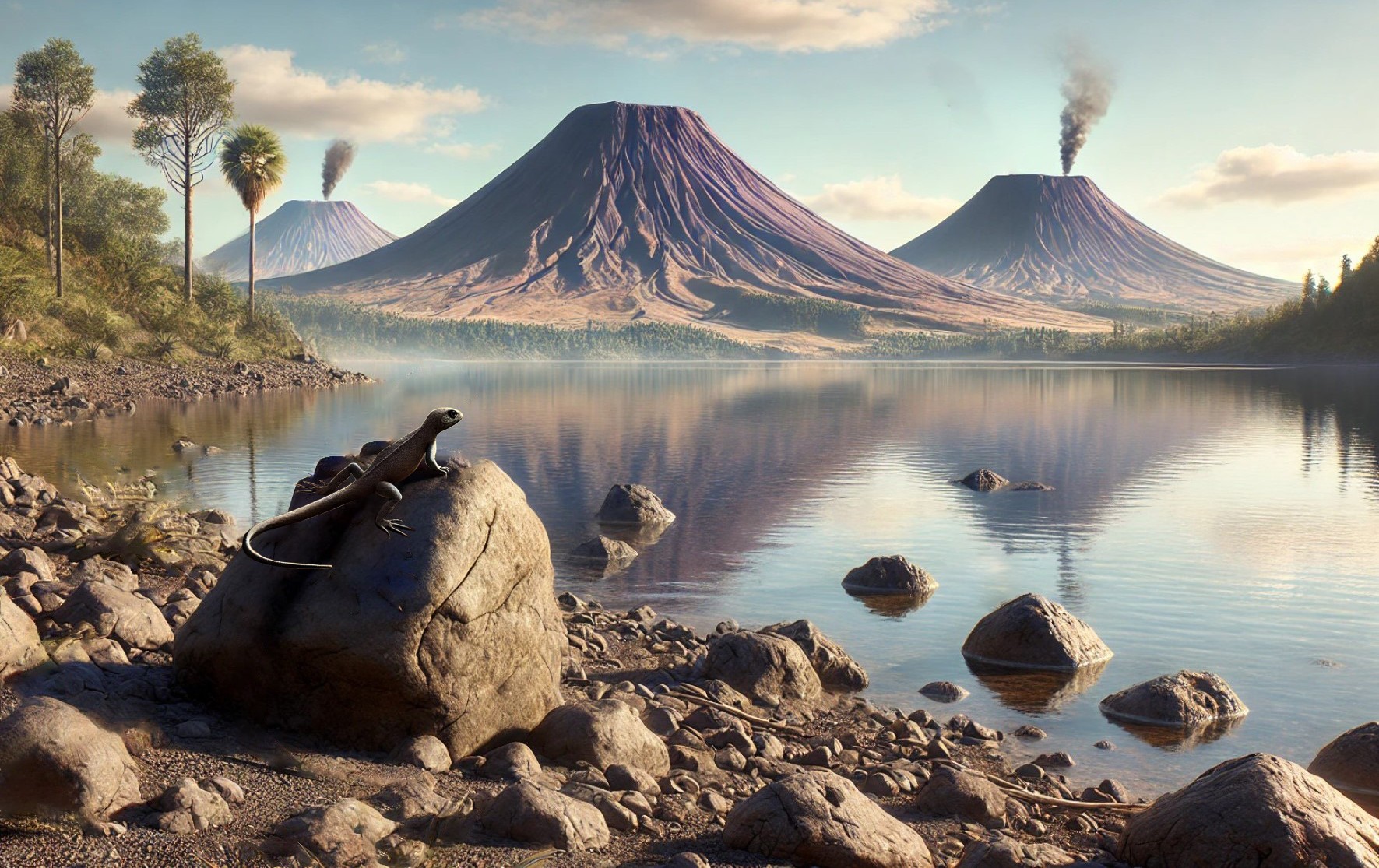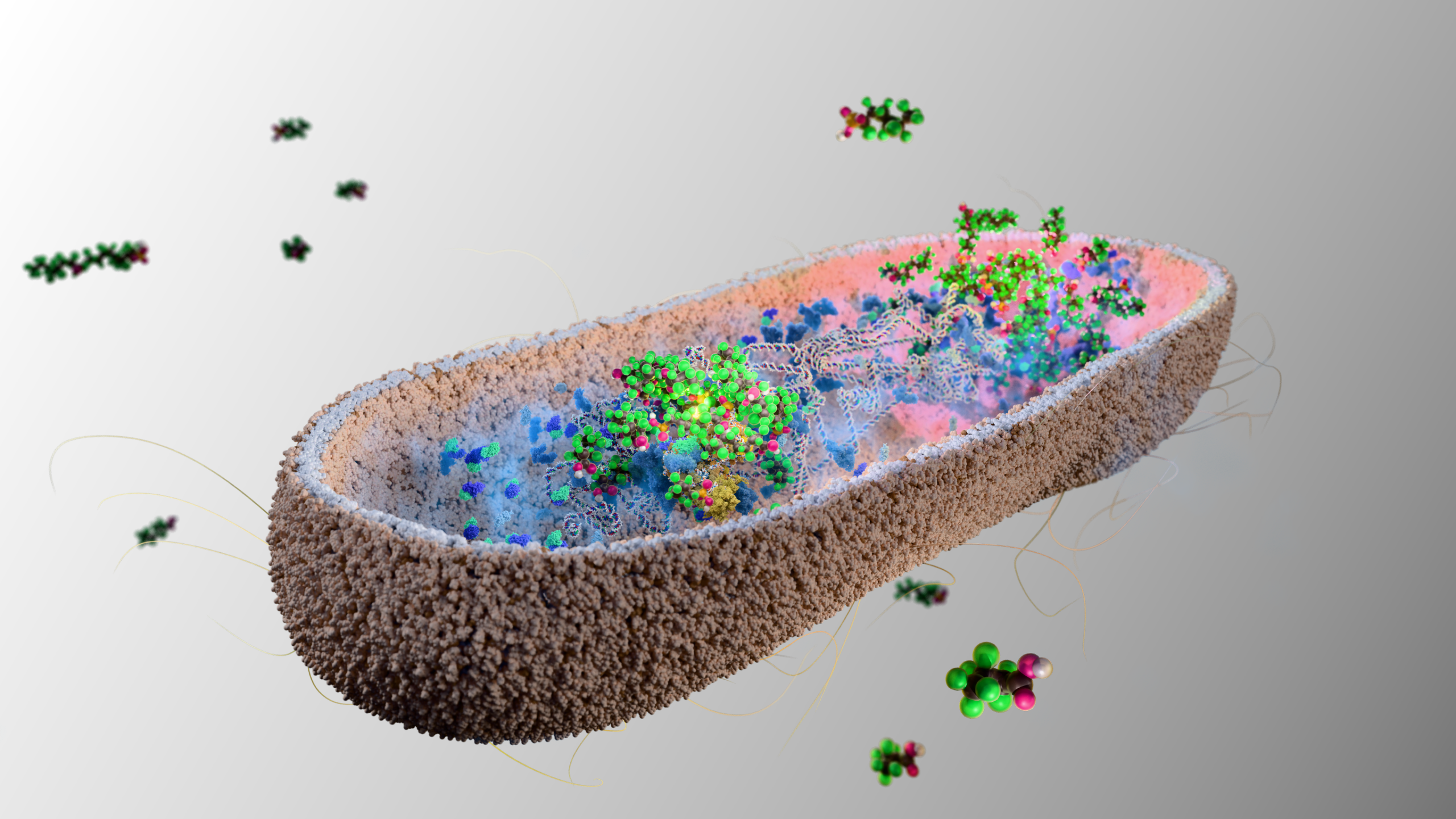Now Reading: Ancient Scottish Salamander Found to Be 14 Million Years Older
-
01
Ancient Scottish Salamander Found to Be 14 Million Years Older
Ancient Scottish Salamander Found to Be 14 Million Years Older

Quick Summary
- Finding: Forty years ago, Scottish paleontologist Stan wood uncovered Westlothiana lizziae, nicknamed “Lizzie,” from East Kirkton Quarry in Scotland.
- Importance: Lizzie is one of the oldest known amniotes and serves as a key ancestor to reptiles, birds, mammals, and humans. She represents the critical evolutionary transition from life in water to life on land.
- New Findings: recent radiometric dating of zircon crystals within Lizzie’s fossilized rock revised its age to 14 million years older than previously estimated. This places her within “Romer’s Gap,” a period with scarce fossil evidence (360-345 million years ago).
- Technique Used: Researchers used radiometric dating by analyzing radioactive isotope decay to date rocks in wich Lizzie was preserved.
- Museum Collaboration Issue: Study author Elizabeth J. Catlos highlighted that museum specimens need accessibility for scientific analysis to unlock further evolutionary insights.
Image Credit: National Museums Scotland
(Image not editable here,but appears alongside raw text)
Indian Opinion Analysis
The discovery and precise re-dating of Westlothiana lizziae enhance our understanding of Earth’s early evolutionary periods-especially Romer’s Gap-a largely unexplored timeline when tetrapods made their historic transition from aquatic environments to terrestrial ones. Scientific advances like radiometric dating underscore how critical technological tools are for learning about key junctures in Earth’s history.
For India specifically, advancements in paleontology present lessons on the importance of museum collaboration and accessibility for researchers. With India’s own rich history of fossils found across regions like Rajasthan or madhya Pradesh (e.g., dinosaur fossils), fostering partnerships between museums and research institutions could enable groundbreaking discoveries about local ecosystems’ pasts or global evolution parallels.
Facilitating an ecosystem where science thrives may also position India as a important player in global scientific conversations around paleontology or geological studies tied closely with climate evolution narratives.
Read More: Ancient Scottish Salamander Is 14 Million Years Older Than Previously
























